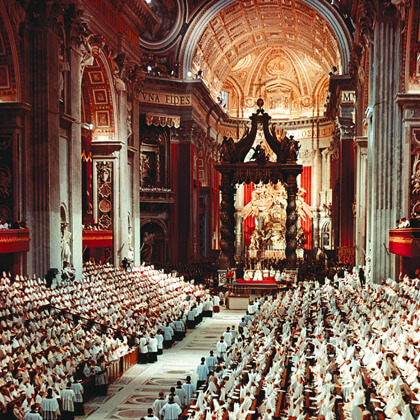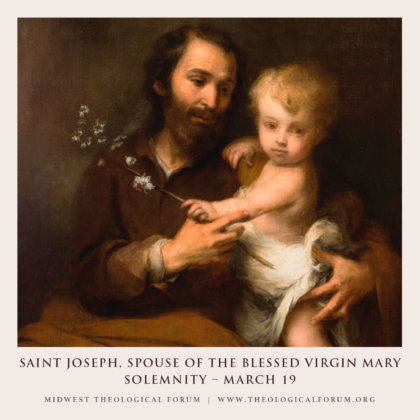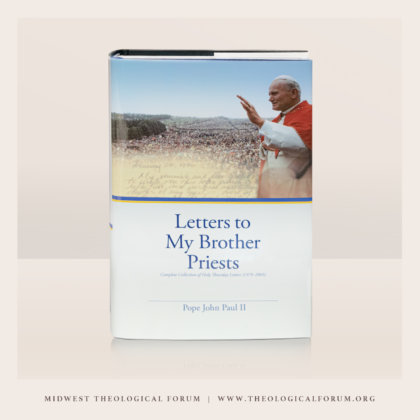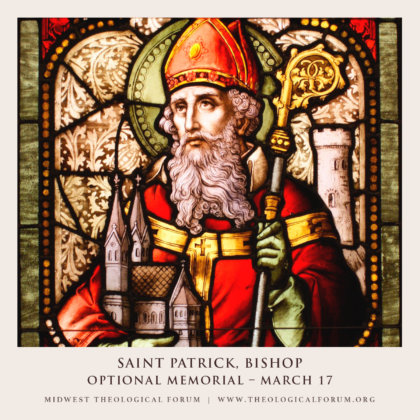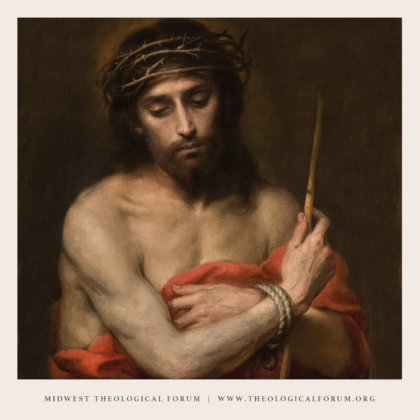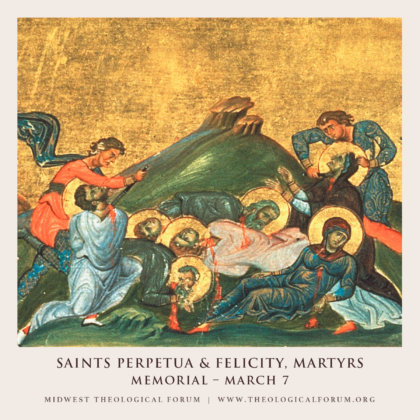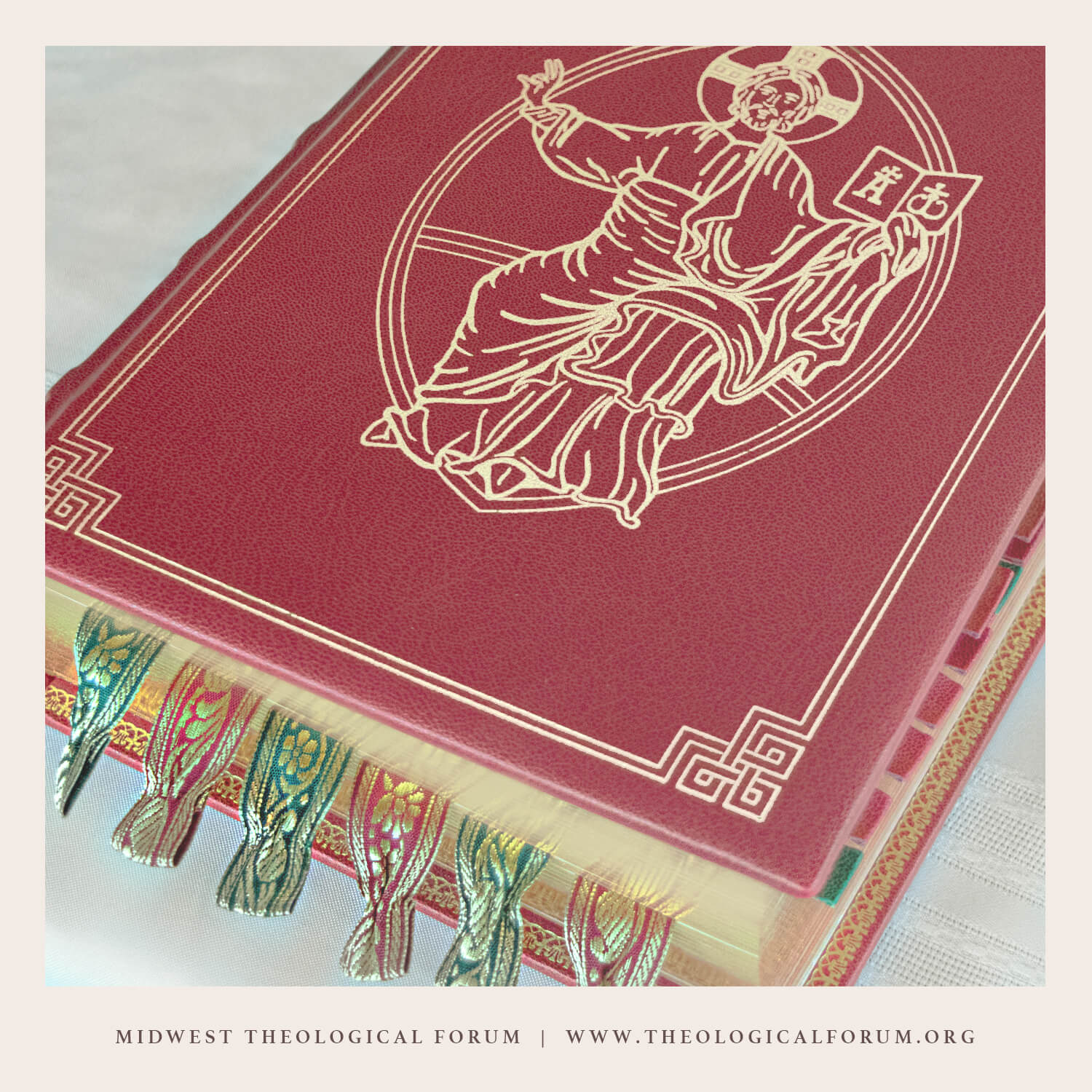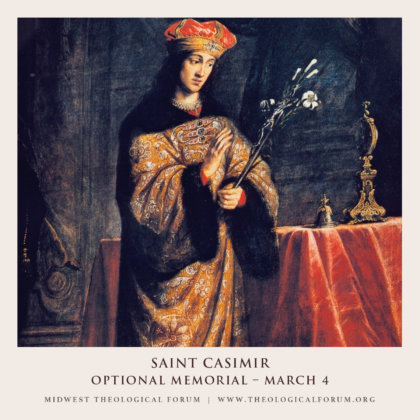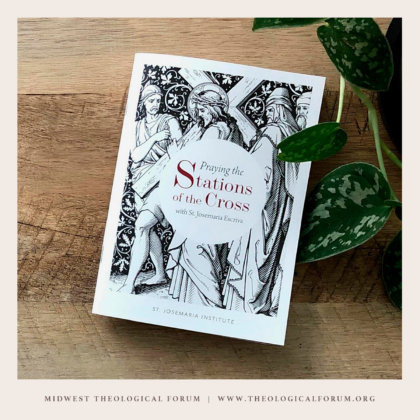*** *** *** “When Joseph woke from sleep, he did as the angel of the Lord commanded him; he took his wife.” (Mt 1:24)
~ Today we celebrate the Solemnity of St. Joseph, Spouse of the Blessed Virgin Mary; the highest order of liturgical feast. St. Joseph, so just and humble, was completely obedient to God. As protector of Jesus and Mary, he played an exceptional role in God’s plan of salvation. St. Joseph is commemorated in the Roman […]

